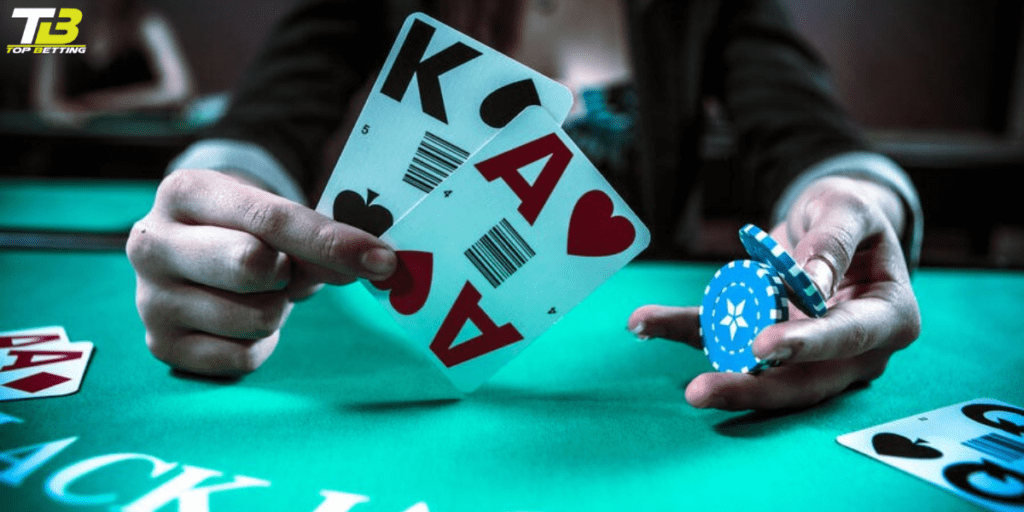
The Secret Behind Casino Cards
Step into the enchanting world of casino games and prepare to be captivated by the secrets behind the alluring deck of cards. In this article, we unlock the mysteries and reveal the hidden gems that make casino cards truly remarkable. From their intricate designs to their magical origins, each card holds a fascinating story waiting to be discovered.
History of Casino Cards
Casino cards have a rich and intriguing history that dates back centuries. The origins of playing cards can be traced back to ancient China, where they were used for divination purposes. Over time, playing cards spread to the Middle East and Europe, becoming popular as a form of entertainment. In the 14th century, the French revolutionized the design of playing cards, introducing the suits we are familiar with today: hearts, diamonds, clubs, and spades.
The design and symbolism of casino cards have evolved over the years, reflecting the cultural and historical influences of the time. From intricate patterns to vibrant colors, each card is a work of art that tells a story. Whether you’re playing poker, blackjack, or baccarat, understanding the history of casino cards adds an extra layer of appreciation to the game.
The Design and Production of Casino Cards
Casino cards are meticulously designed and manufactured to ensure fairness and durability. Unlike regular playing cards, casino cards are made from high-quality plastic or plastic-coated paper to withstand extensive handling and prevent marking or bending. The cards’ backs feature intricate designs that make it difficult to spot any irregularities or marks.
Security Features: Casino cards come equipped with various security features to prevent cheating. This includes:
Edge Sorting: The cards’ edges are precisely cut to prevent any discernible differences that could be exploited.
Micro-Printing: Tiny text or patterns printed on the cards are not visible to the naked eye, deterring counterfeiting.
Barcode Scanning: Some casinos use cards with barcodes, which can be scanned to track the cards during gameplay and ensure no unauthorized substitutions.
Regular Replacement: To maintain integrity, casino cards are regularly replaced. In high-stakes games, cards may be changed after each game or hand to eliminate any chance of marking or tampering.
The Role of Dealers
Dealers play a crucial role in maintaining the fairness and integrity of card games in casinos. They are trained rigorously to handle cards efficiently and detect any signs of cheating. Here are some key aspects of their role:
Shuffling Techniques: Dealers use specific shuffling techniques to randomize the deck thoroughly. This includes riffle shuffles, overhand shuffles, and the use of automatic shuffling machines. The goal is to ensure that the order of the cards is completely unpredictable.
Dealing Procedures: The way cards are dealt is carefully monitored. Dealers are trained to deal cards swiftly and accurately while maintaining a level of transparency. For instance, cards are often dealt face-up in games like blackjack to allow all players to see the cards being dealt.
Surveillance and Monitoring: Casinos employ extensive surveillance systems, often referred to as the “eye in the sky,” to monitor gameplay. High-definition cameras are positioned to capture every angle of the card games, and footage is reviewed to detect any suspicious activity.
The Psychology of Casino Games
Beyond the physical aspects of casino cards, there is a psychological element to casino games that adds to their allure and complexity.
Randomness and Probability: Players are drawn to card games because of the mix of skill and chance. While the outcome of each game is influenced by the randomness of the card draw, skilled players can use strategies to improve their odds.
House Edge: Casinos design games to ensure they have a statistical advantage, known as the house edge. Understanding this concept is crucial for players who want to manage their expectations and make informed decisions.
Player Behavior: Casinos are designed to keep players engaged and playing for longer periods. This includes the layout of the gaming floor, the absence of clocks and windows, and the use of complimentary services (comps) to encourage continued play.
Different Types of Casino Cards

While the standard deck of 52 cards is the most commonly used in casino games, there are also variations that cater to different types of games. For example, tarot cards are often used in fortune-telling and have their own unique symbolism. Additionally, regional variations of playing cards can be found in different parts of the world, each with its own distinct design and suits.
The significance of each suit also varies depending on the game being played. For instance, in tarot card reading, hearts represent emotions and love, while diamonds symbolize wealth and material possessions. Understanding the nuances of different types of casino cards can enhance your gaming experience and help you appreciate the intricacies of each game.
The Significance of Card Counting in Casino Games
Card counting is a strategy used by skilled players to gain an advantage in certain casino games, most notably blackjack. By keeping track of the cards that have been dealt, players can make more informed decisions and adjust their bets accordingly. However, card counting is not as simple as it may seem. It requires concentration, practice, and a deep understanding of the game.
The concept of card counting has been the subject of much fascination and controversy. While some view it as a legitimate strategy, others argue that it is a form of cheating. Casinos have implemented various measures to detect and prevent card counting, such as using multiple decks or shuffling the cards more frequently. Understanding the intricacies of card counting can give you a new perspective on the game and help you appreciate the skill and strategy involved.
The Psychology Behind Casino Cards
Casino cards have a psychological impact on players that goes beyond their visual appeal. The colors, symbols, and patterns on the cards can evoke certain emotions and influence decision-making. For example, red cards are often associated with excitement and passion, while black cards can convey a sense of mystery and caution.
The design of the cards can also affect how players perceive their odds of winning. Casinos strategically choose card designs that create a sense of confidence and trust, encouraging players to continue playing. Understanding the psychological aspects of casino cards can help you make more informed decisions and navigate the complex world of gambling.
The Mathematical Principles Behind Casino Cards
Behind the captivating designs and symbolism, casino cards are governed by mathematical principles. From the probabilities of different card combinations to the odds of winning a hand, mathematics plays a crucial role in casino games. Understanding the mathematical principles behind casino cards can give you an edge in games that involve strategy and decision-making.
For example, knowing the odds of drawing a certain card can help you make more calculated bets in poker. Understanding the concept of expected value can also guide your decision-making process, allowing you to make choices that maximize your long-term winnings. By delving into the mathematical principles behind casino cards, you can develop a deeper appreciation for the game and improve your chances of success.
Secrets of Card Manipulation in Casino Games
Card manipulation is an art form that has captivated audiences for centuries. Skilled magicians and performers have mastered the art of manipulating cards to create stunning illusions and mind-boggling tricks. From sleight of hand techniques to intricate shuffling methods, card manipulation is a skill that takes years to perfect.
In the world of casino games, card manipulation can be used to cheat and gain an unfair advantage. From marking cards to using hidden devices, there have been numerous instances of players attempting to manipulate the outcome of a game. Familiarizing yourself with the secrets of card manipulation can help you identify potential cheating techniques and protect yourself from unscrupulous players.
Famous Casino Card Cheating Scandals
Throughout history, there have been several high-profile casino card cheating scandals that have shocked the gambling world. From the infamous MIT blackjack team to the edge-sorting scandal involving professional poker player Phil Ivey, these scandals highlight the lengths some players will go to gain an advantage. Understanding the methods used in these scandals can give you valuable insights into the vulnerabilities of casino games and how to protect yourself.
Tips for Playing Casino Card Games
Whether you’re a novice or an experienced player, there are several tips and strategies that can enhance your gaming experience. From managing your bankroll to understanding the rules of the game, these tips can help you make more informed decisions and increase your chances of winning. Additionally, practicing good etiquette and maintaining a positive mindset can contribute to a more enjoyable and rewarding gaming experience.
Conclusion and Final Thoughts
The world of casino cards is a captivating and mysterious realm filled with secrets and hidden knowledge. From their ancient origins to their modern-day designs, each card holds a story waiting to be discovered. Understanding the history, significance, and strategies behind casino cards can enhance your gaming experience and give you a deeper appreciation for the complexities of the game.

Whether you’re a seasoned gambler or a curious observer, the secrets behind casino cards are sure to entertain and enlighten. So, the next time you sit down at a casino table, take a moment to admire the cards in your hand and remember the fascinating journey they have taken to reach you.










